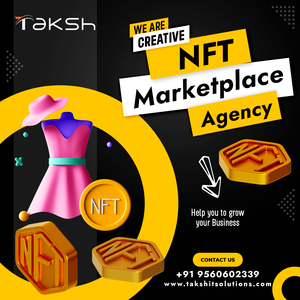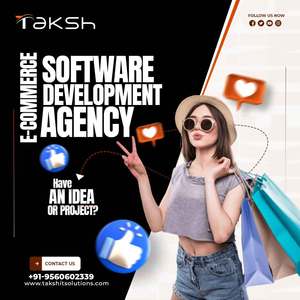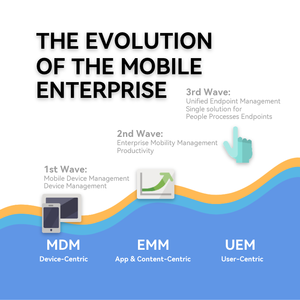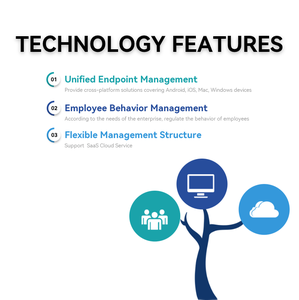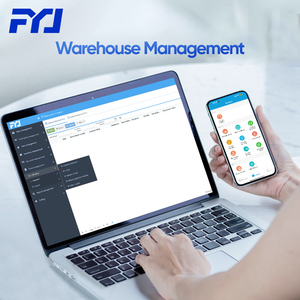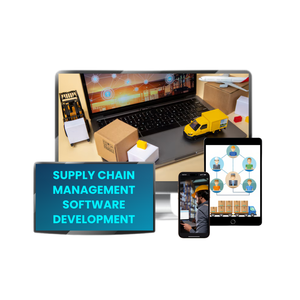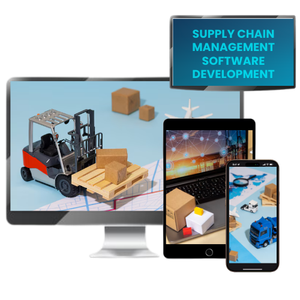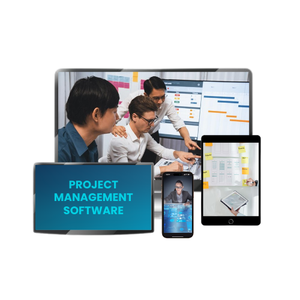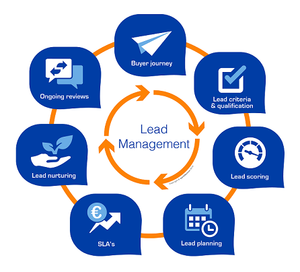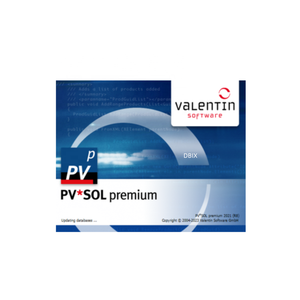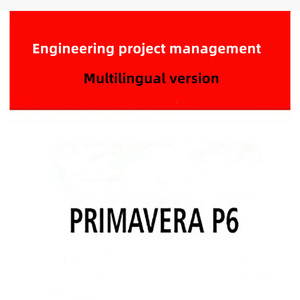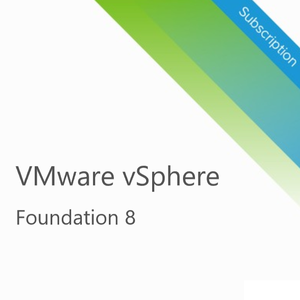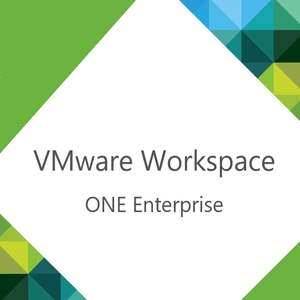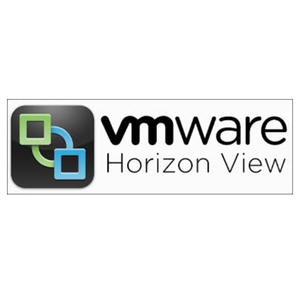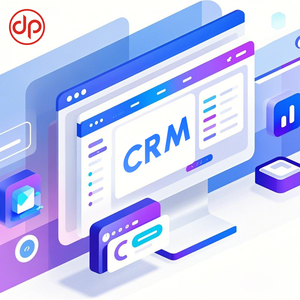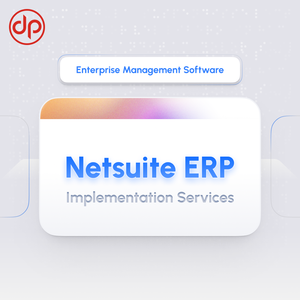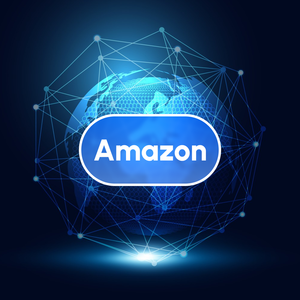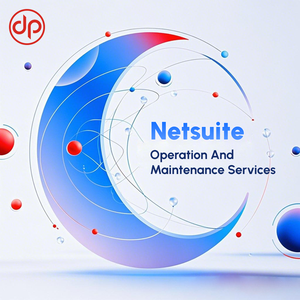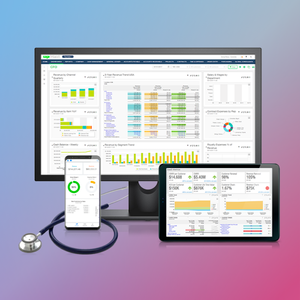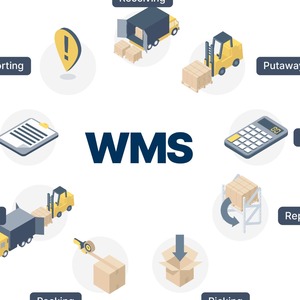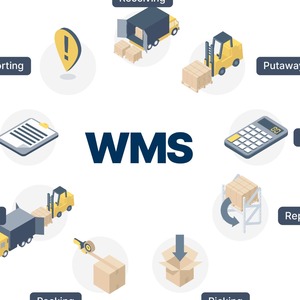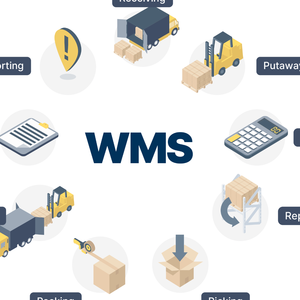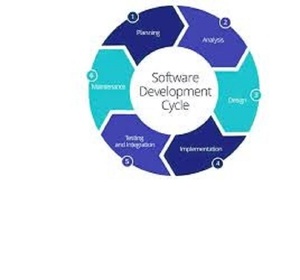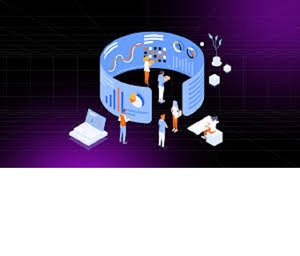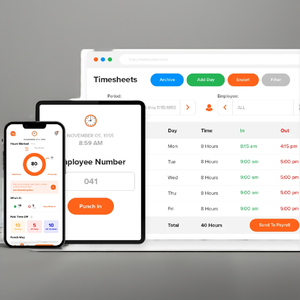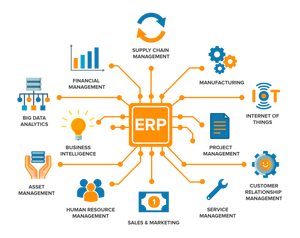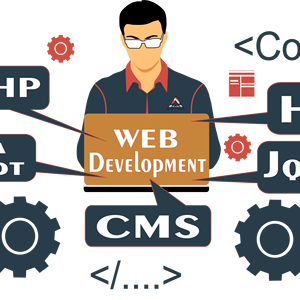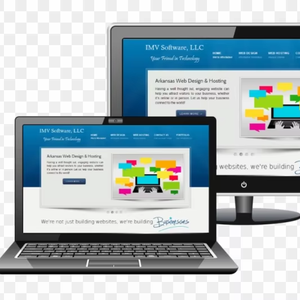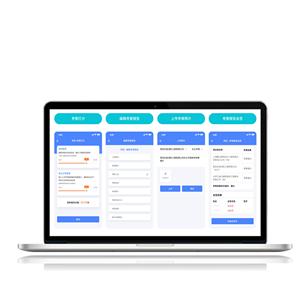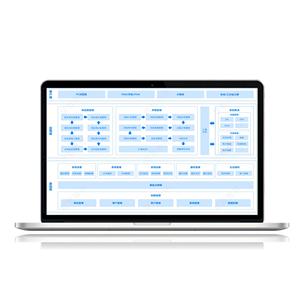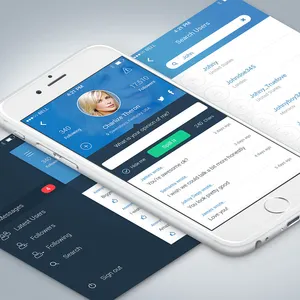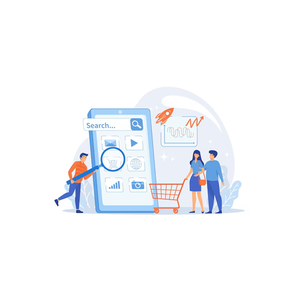Supplier Lifecycle Management Software
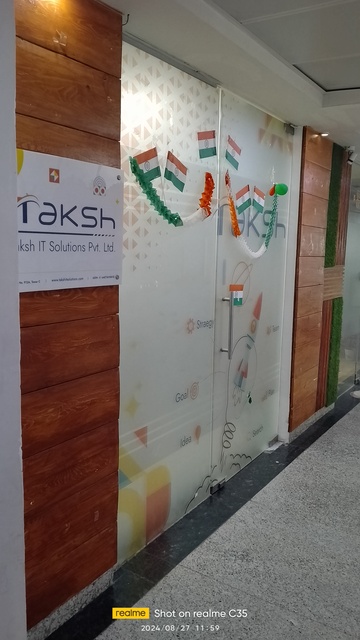





 1/29
1/29





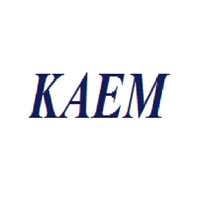








 CN
CN



 1/3
1/3
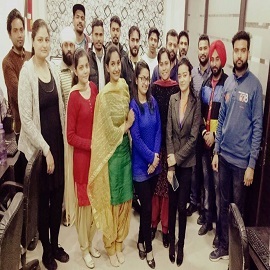






 1/18
1/18

 CN
CN


 1/3
1/3
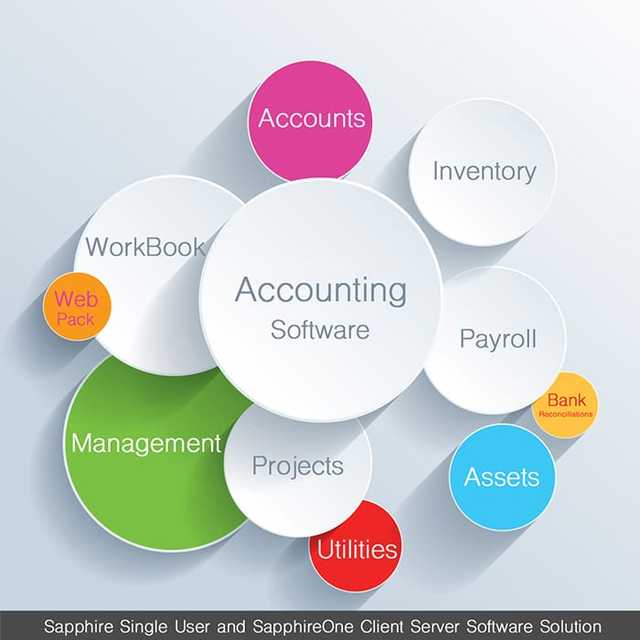

 CN
CN



 1/2
1/2


About supplier lifecycle management software
Where to Find Supplier Lifecycle Management Software Providers?
Global development of supplier lifecycle management (SLM) software is increasingly concentrated among specialized technology firms in India and China, where cost-efficient engineering talent and scalable digital infrastructure support rapid deployment. Indian IT firms, particularly in metropolitan hubs, leverage strong software-as-a-service (SaaS) expertise and multilingual development teams to serve enterprise clients across North America and Europe. Chinese providers, based primarily in Shenzhen and Guangzhou, integrate SLM platforms with broader enterprise resource planning (ERP) and asset tracking systems, benefiting from mature hardware-software ecosystems.
These regional clusters enable access to vertically integrated development pipelines—from UI/UX design to API integration and cloud hosting—reducing time-to-deployment by up to 40% compared to standalone vendors. Developers typically operate within agile frameworks, supporting modular customization for compliance tracking, risk assessment, onboarding automation, and performance analytics. Buyers gain flexibility in licensing models (perpetual or subscription-based), deployment environments (on-premise, hybrid, or cloud), and integration with procurement suites such as SAP Ariba or Coupa.
How to Choose Supplier Lifecycle Management Software Providers?
Procurement decisions should be guided by structured evaluation criteria focused on technical capability, service reliability, and contractual safeguards.
Technical Expertise & Product Scope
Verify that providers offer core SLM functionalities including supplier registration portals, qualification workflows, contract lifecycle tracking, audit management, and performance dashboards. Prioritize vendors demonstrating experience in integrating with existing ERP, e-procurement, and identity management systems via RESTful APIs or pre-built connectors. Evidence of AI-driven analytics (e.g., predictive risk scoring) or blockchain-enabled verification adds strategic value for large-scale deployments.
Development and Customization Capacity
Assess provider capabilities through the following indicators:
- Proven track record in delivering customized modules (e.g., ESG compliance tracking, diversity sourcing)
- Support for multi-platform deployment (web, desktop, mobile applications)
- Documentation of version control, update frequency, and backward compatibility
Cross-reference product listings with response times (target ≤2 hours) and reorder rates to assess customer satisfaction and post-sale support efficiency.
Transaction and Deployment Assurance
Require milestone-based payment structures tied to delivery phases (design, testing, go-live). Confirm data security protocols including encryption standards (AES-256), GDPR or CCPA compliance, and role-based access controls. For offshore developers, insist on source code escrow agreements and clear SLAs covering uptime, bug resolution timelines, and upgrade paths. Pilot testing with a limited user group remains critical before enterprise-wide rollout.
What Are the Leading Supplier Lifecycle Management Software Providers?
| Company Name | Location | Main Products | Price Range (Min Order) | On-Time Delivery | Avg. Response | Online Revenue | Reorder Rate |
|---|---|---|---|---|---|---|---|
| TAKSH IT SOLUTIONS PRIVATE LIMITED | India | AI Applications, Web & Mobile App Development, APIs | $5,000 (1 unit) | 75% | ≤1h | US $2,000+ | - |
| Shenzhen Soten Technology Co., Ltd. | Guangdong, CN | Unified Endpoint & Lifecycle Management | $18–20 (5 pieces) | 100% | ≤3h | US $1,400,000+ | <15% |
| Guangzhou Fengyijie Electronic Technology Co., Ltd. | Guangdong, CN | Asset & Warehouse Management Systems | $99–199 (1 set) | 97% | ≤4h | US $120,000+ | 16% |
| Yiwu Dingyuan E-Commerce Firm (individual Business) | Zhejiang, CN | Office Software, Computer Accessories | $15–75 (1–20 pieces) | 85% | ≤1h | US $160,000+ | 37% |
| KAEM SOFTWARES PRIVATE LIMITED | India | Digital Supply Chain, Retail Model SLM Systems | $95 (2 units) | - | ≤2h | US $8,000+ | - |
Performance Analysis
Shenzhen Soten Technology stands out with a 100% on-time delivery rate and high annual online revenue, indicating robust operational execution despite a low reorder rate. Guangzhou Fengyijie offers mid-range pricing with strong delivery consistency (97%) and moderate customer retention (16%), suitable for SMEs seeking affordable entry into automated supplier governance. TAKSH IT and KAEM SOFTWARES, both Indian firms, target higher-value contracts ($5,000+ minimum), suggesting focus on enterprise-grade solutions, though limited reorder data constrains retention analysis. Yiwu Dingyuan exhibits the highest reorder rate (37%), reflecting strong buyer satisfaction in its niche, albeit with less direct relevance to full-cycle SLM due to product focus on office software bundles.
FAQs
How to verify supplier lifecycle management software provider credibility?
Cross-check technical claims with documented case studies or client references. Request demonstration environments to evaluate user interface design, workflow configurability, and reporting engine capabilities. Validate cybersecurity practices through third-party audit summaries or penetration test results when available.
What is the typical implementation timeline?
Standard deployment ranges from 4 to 8 weeks for cloud-hosted systems with predefined templates. Fully customized implementations involving legacy system integration require 12–16 weeks. Expect an additional 2–3 weeks for data migration, user training, and UAT cycles.
Do providers support multi-language and multi-currency operations?
Yes, most established vendors offer localization features including language packs (English, Spanish, Mandarin, etc.) and currency conversion modules. Confirm support for region-specific compliance requirements such as tax regulations or labor laws during scoping.
Is source code customization included in standard licensing?
Typically not. Base licenses cover configuration within the platform’s native framework. Full source code access and modification rights are usually reserved for perpetual license models or custom development contracts, often at additional cost.
Can SLM software integrate with e-procurement platforms?
Yes, leading providers support integration via APIs with major e-procurement tools, enabling seamless data flow between supplier databases, purchase orders, and contract repositories. Confirm compatibility with your current stack during vendor assessment.


